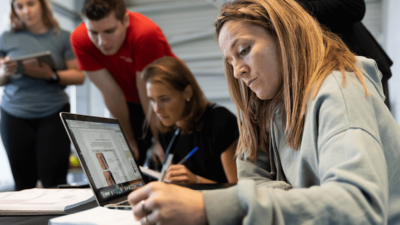
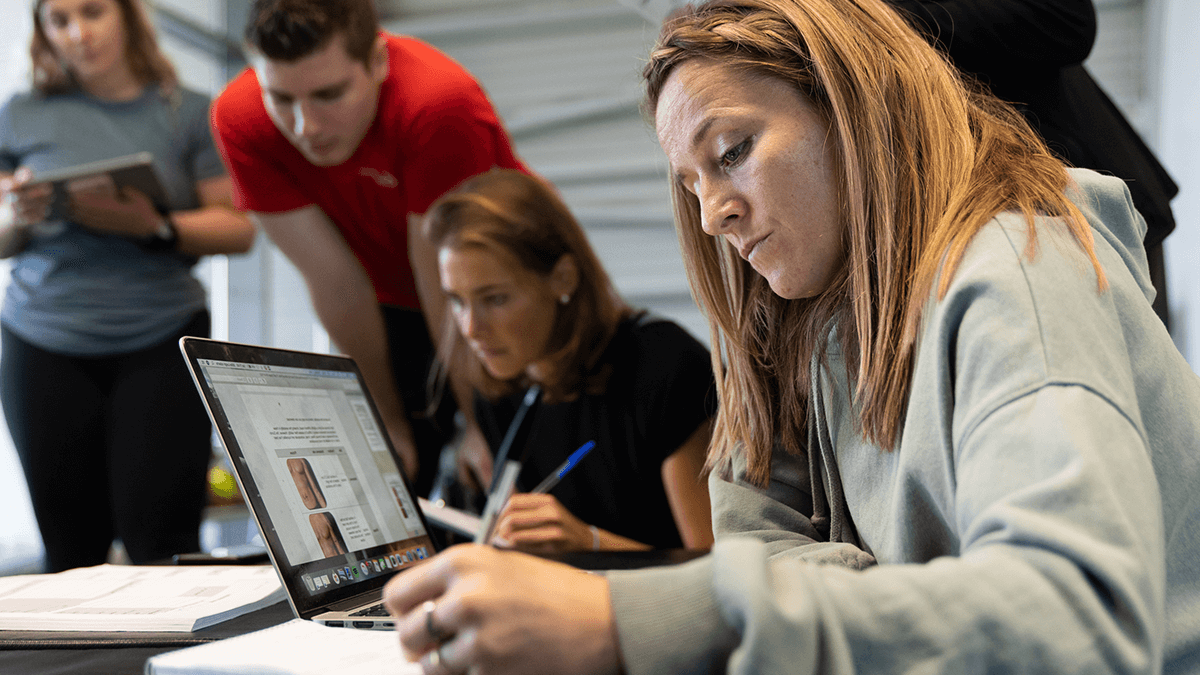
How to Choose the Right Biomechanics Course for Your Career Goals
Find the right biomechanics course to match your career goals, enhance your expertise, and advance your future in movement science.


Find the right biomechanics course to match your career goals, enhance your expertise, and advance your future in movement science.
This guide will walk you through the key factors to consider when selecting a biomechanics course, from defining your career path and evaluating course content to understanding accreditation, practical applications, and financial considerations. By the end, you’ll have a clear roadmap to choosing a programme that supports your professional development and sets you up for long-term success in the world of biomechanics.
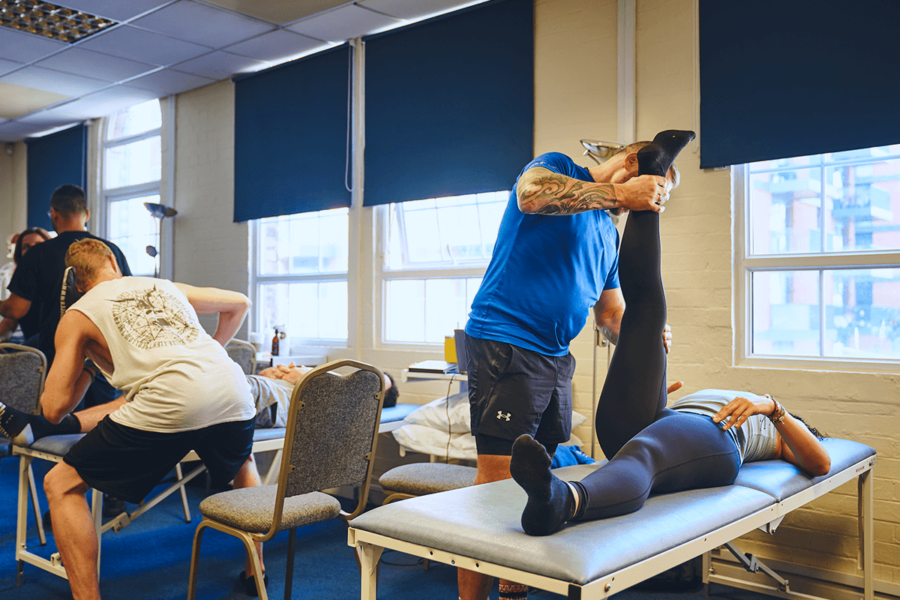
Biomechanics is an exciting and rapidly expanding field that bridges the gap between movement science, health, and performance. Whether you’re working in sports science, physiotherapy, rehabilitation, or research, studying biomechanics courses can provide the expertise needed to analyse movement, prevent injuries, and optimise physical function.
People choose to study biomechanics courses for a variety of reasons. Some aim to enhance their careers in healthcare or fitness by gaining a deeper understanding of human movement, while others may be interested in injury prevention, rehabilitation, or performance optimisation. Biomechanics is also essential in fields like ergonomics, prosthetics, and wearable technology development, where understanding movement mechanics leads to better product design and improved patient outcomes. No matter your background, the right biomechanics course can equip you with the skills and knowledge needed to advance in your chosen industry.
Choosing the right biomechanics course starts with understanding both your career aspirations and your interest in the field. Biomechanics spans multiple industries, including sports science, healthcare, rehabilitation, and ergonomics, so it’s important to select a course that not only supports your professional goals but also aligns with what genuinely excites you.
Whether you’re passionate about helping athletes improve performance, working in injury rehabilitation, or applying biomechanics in technology and product design, having a real interest in the subject will make your studies more engaging and your career more fulfilling. By clarifying what drives you and where you want to apply your skills, you can find a course that provides the right balance of knowledge, practical application, and career opportunities.
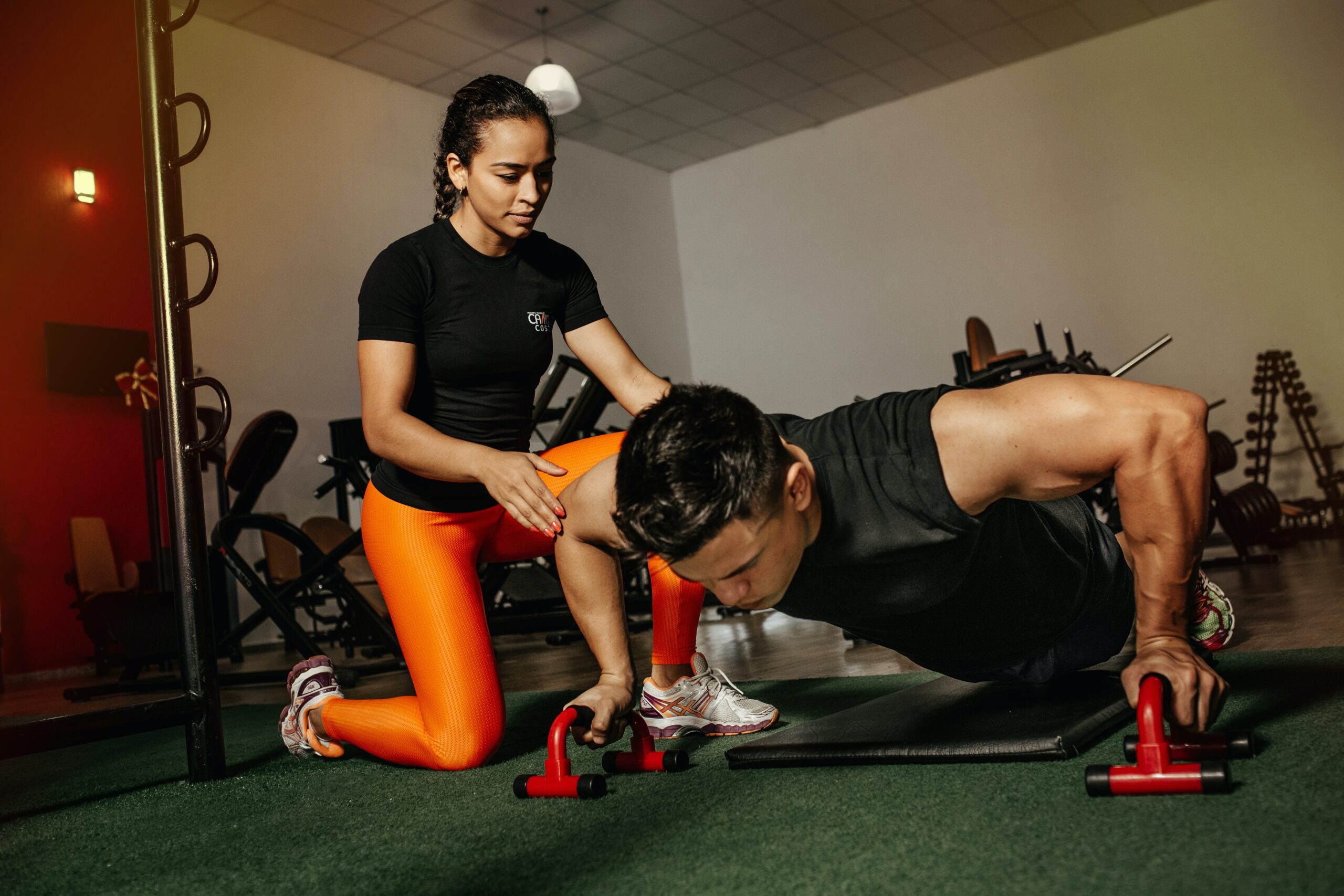
For those looking to work with athletes, fitness clients, or in sports prehabilitation, biomechanics is essential for assessing movement, reducing injury risk, and optimising performance. Courses in this area focus on understanding human movement efficiency and improving athletic outcomes.
Key course topics:
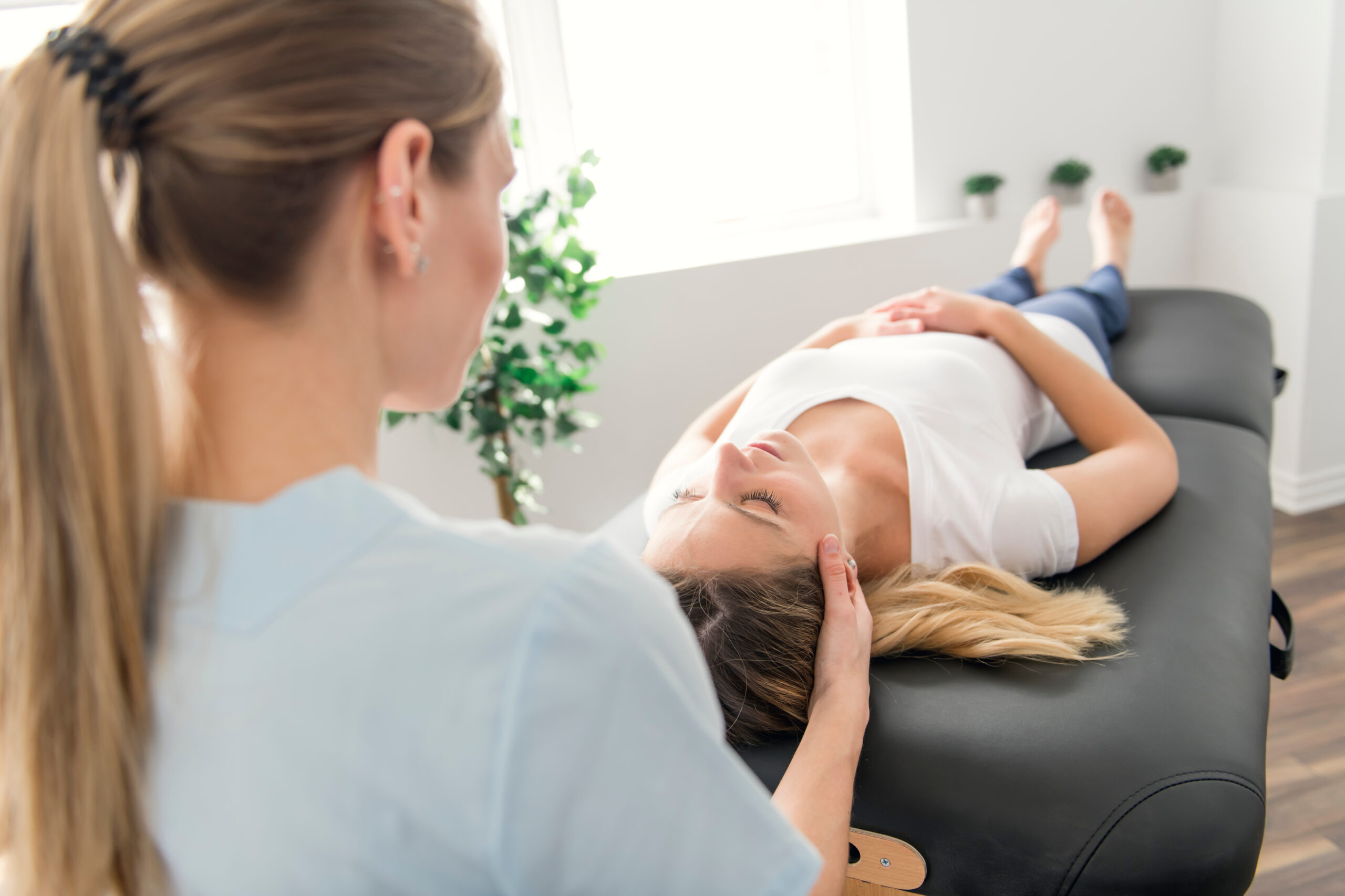
Biomechanics is a crucial component of physical therapy, prosthetics, and orthotics, helping professionals diagnose and treat movement-related conditions. If you’re interested in rehabilitation, look for courses that explore clinical biomechanics and therapy-based interventions.
Key course topics:
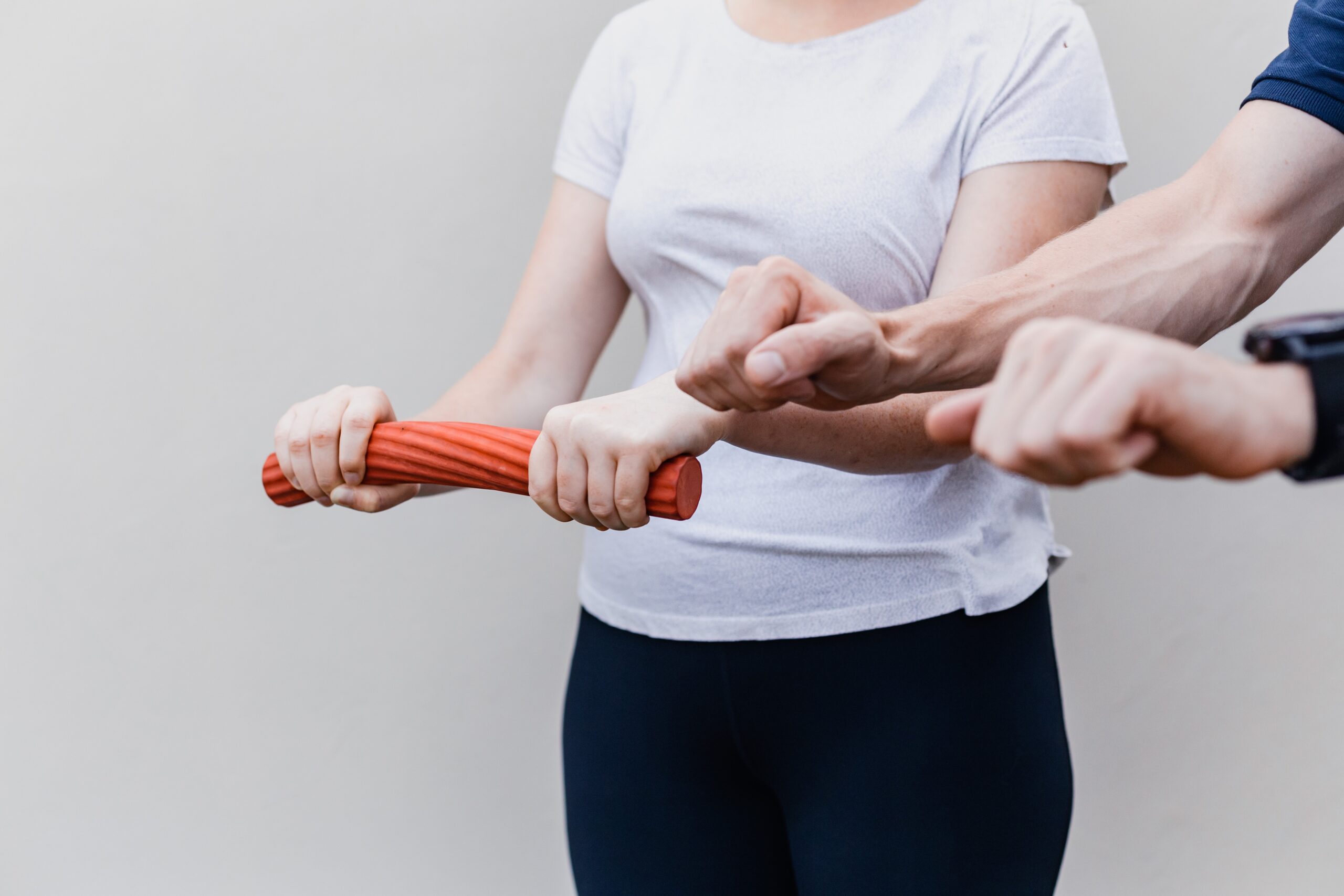
Those interested in biomechanics for product design, prosthetics, and ergonomic solutions will need courses that integrate engineering principles with human movement. This field is ideal for those developing medical devices, workplace ergonomics, or wearable technology.
Key course topics:

For those passionate about advancing the scientific understanding of human movement, biomechanics research provides opportunities in academia, lab-based studies, and data-driven analysis. Courses in this area typically involve motion analysis, computational biomechanics, and research methodology.
Key course topics:
Not all biomechanics courses cover the same material, and selecting the right programme means understanding what topics will best support your career goals. The right course should provide a balance of theoretical understanding and hands-on application, equipping you with the expertise to work effectively in your chosen field.
Every biomechanics course should start with the fundamental principles of human movement. This includes an in-depth understanding of anatomy, joint mechanics, and how forces interact with the body. These core principles form the basis for more advanced applications in sports science, rehabilitation, and engineering.
Biomechanics involves detailed movement analysis using specialised tools and technology. Courses that include 3D motion capture, electromyography (EMG), and force plate analysis allow students to assess movement patterns in real-time, which is essential for high-performance sports, injury prevention, and clinical diagnostics.
Injury prevention and rehabilitation are key areas of biomechanics, especially for those working in healthcare, sports therapy, or personal training. This topic focuses on musculoskeletal dysfunction, clinical biomechanics, and therapeutic exercise strategies that help individuals recover from or prevent injuries.
For those interested in performance enhancement, sports biomechanics delves into movement efficiency, force application, and injury prevention for athletes. Topics often include gait analysis, technique refinement, and training adaptations to improve athletic performance while reducing strain on the body.
Biomechanics plays a crucial role in the development of prosthetics, orthotics, and wearable technology. Courses with a focus on biomedical applications will cover how mechanical principles are integrated with human anatomy to create devices that enhance mobility, support rehabilitation, and improve quality of life.
This field applies software modelling and simulation techniques to understand human movement and predict injury risks. It is particularly valuable for those interested in research, product development, or designing interventions for rehabilitation and sports performance.
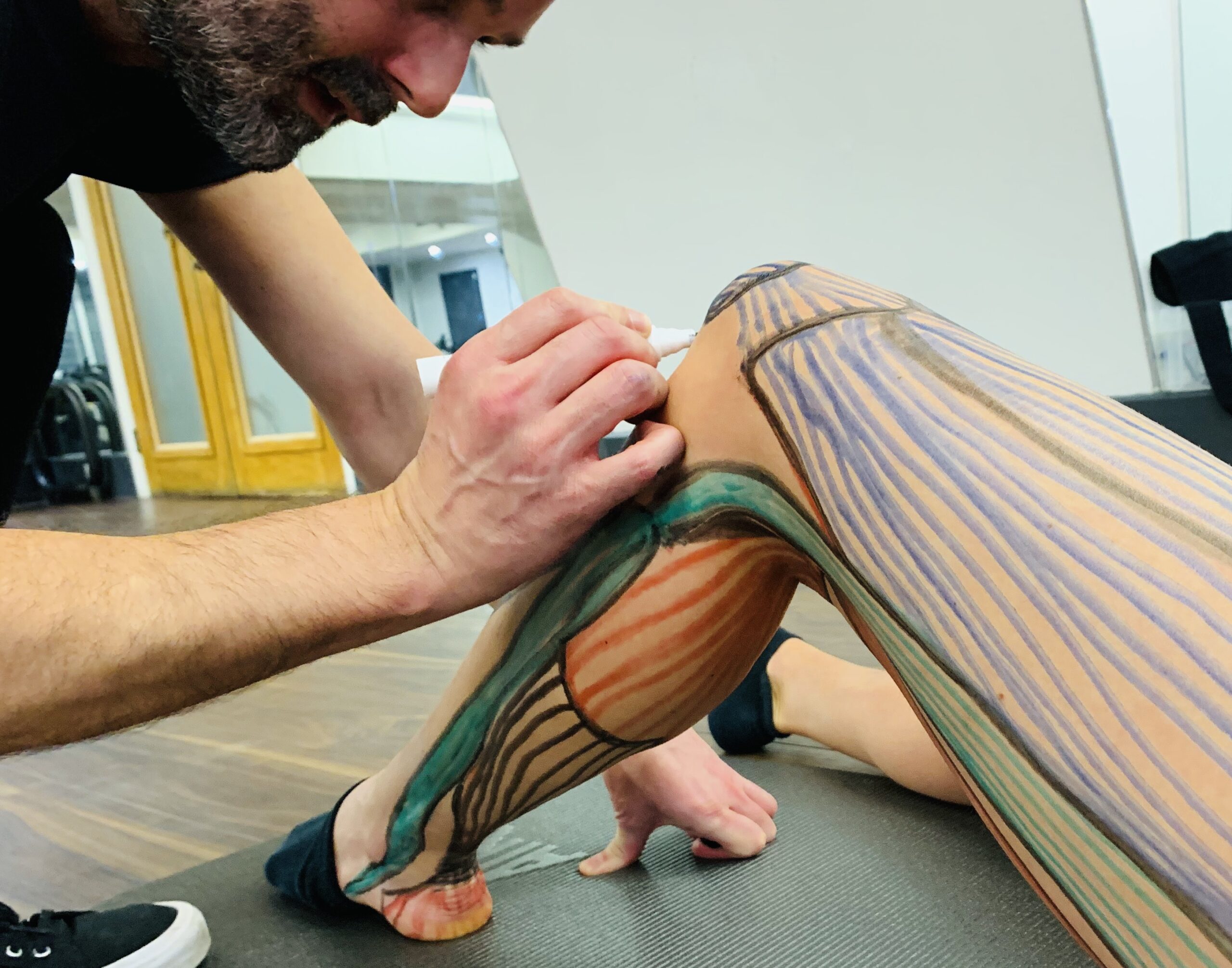
A strong biomechanics course should offer practical training in movement assessment, allowing you to apply theoretical knowledge to real-world scenarios. This may include evaluating joint mechanics, muscle function, and nerve tension, all of which are essential for roles in basic function for day to day lifestyle, sports performance, rehabilitation, and reduction of risk of injury.
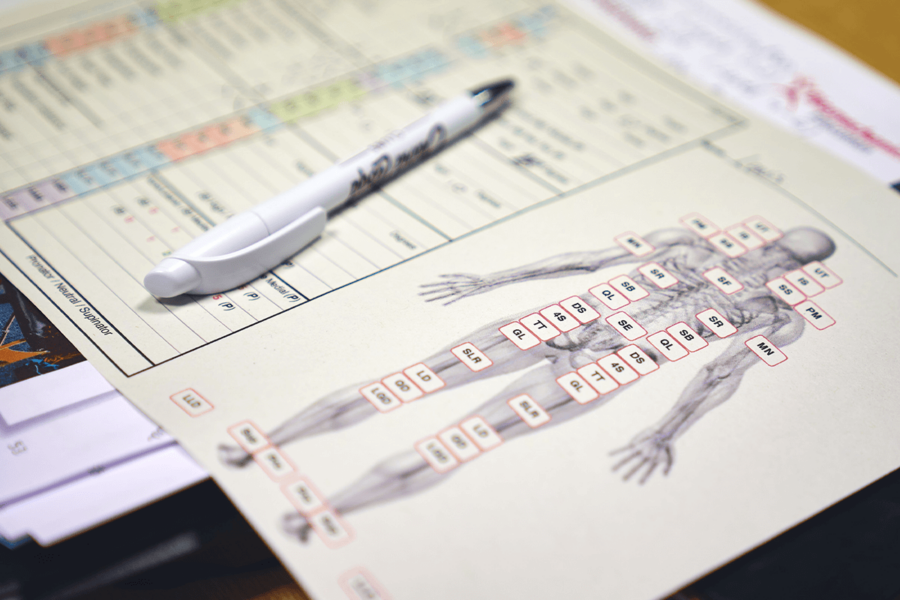
Access to well-equipped biomechanics labs enhances your ability to analyse movement in detail. Motion capture systems, force plates, and electromyography (EMG) tools are commonly used in biomechanics to measure human movement with precision. Hands-on experience with these technologies is invaluable for those pursuing careers in sports science, clinical biomechanics, or research.

Some biomechanics courses offer partnerships with sports teams, hospitals, or research institutions, allowing students to gain direct experience in their chosen field. These collaborations provide a bridge between education and industry, helping students build connections, gain mentorship, and apply their knowledge in professional settings.

For those interested in biomechanics research, programmes that provide access to research projects, funding opportunities, and academic publications can be highly beneficial. Research-based biomechanics courses often allow students to contribute to the advancement of movement science by conducting studies, presenting findings, and working with experts in the field.
Biomechanics courses can vary in structure, offering different formats to accommodate students with varying schedules, learning preferences, and career commitments. Whether you’re looking for a full-time degree, a part-time professional development course, or an online programme that fits around your work, understanding the course format is essential in making the right choice. A well-structured course should provide a balance of flexibility and practical engagement, ensuring you gain the knowledge and hands-on experience needed for your career.
When considering a biomechanics course, think about how the course format aligns with your lifestyle and career ambitions. Below are some key factors to evaluate when selecting the right learning structure.
The quality of a biomechanics course is not just determined by its content but also by the expertise of the tutors delivering it and the industry connections it provides. Learning from experienced professionals with strong backgrounds in biomechanics, sports science, rehabilitation, or engineering ensures that you receive relevant, up-to-date knowledge that aligns with industry standards. Additionally, courses with strong industry links can open doors to valuable networking opportunities, mentorship, and potential career placements.
When evaluating a biomechanics course, consider the credibility of the teaching staff and the programme’s industry connections. Below are key factors to assess.
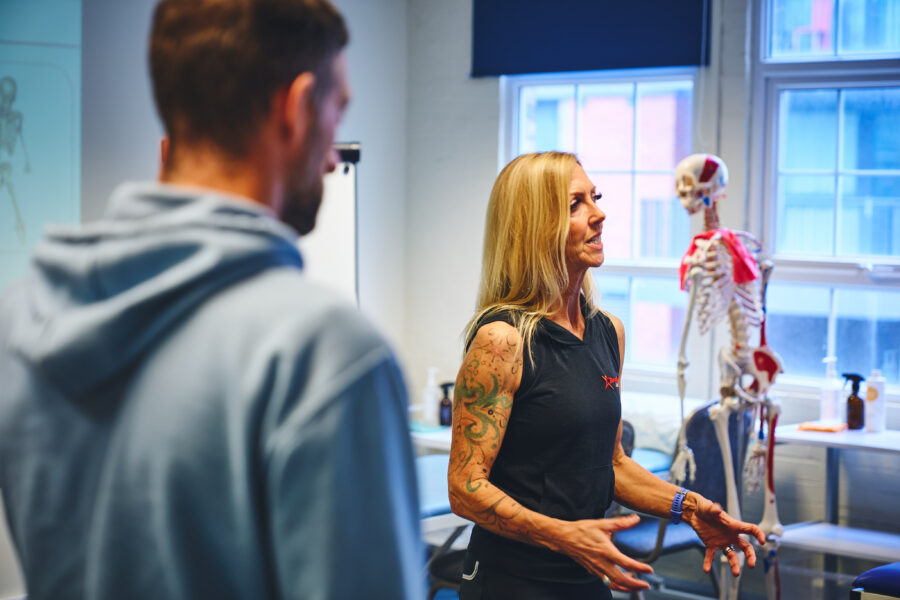
Tutors with extensive experience in biomechanics bring real-world insights to the classroom, bridging the gap between theory and practice. Look for instructors with backgrounds in academia, professional sports, rehabilitation, or biomechanics research, as their expertise can enhance the learning experience.

Courses that have partnerships with sports teams, healthcare organisations, universities, or biomechanics companies provide students with access to industry professionals and potential career opportunities. These collaborations can also lead to internships, research projects, or direct job placements after completing the course.
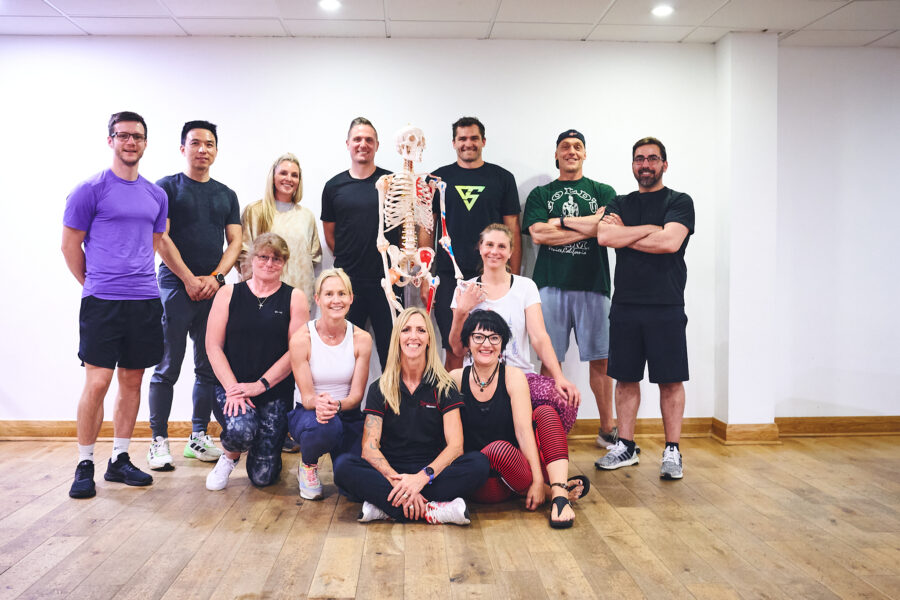
A strong alumni network and positive graduate success stories indicate the effectiveness of a biomechanics course. Research where previous students have progressed in their careers, as this can provide insight into the opportunities available after completing the programme.
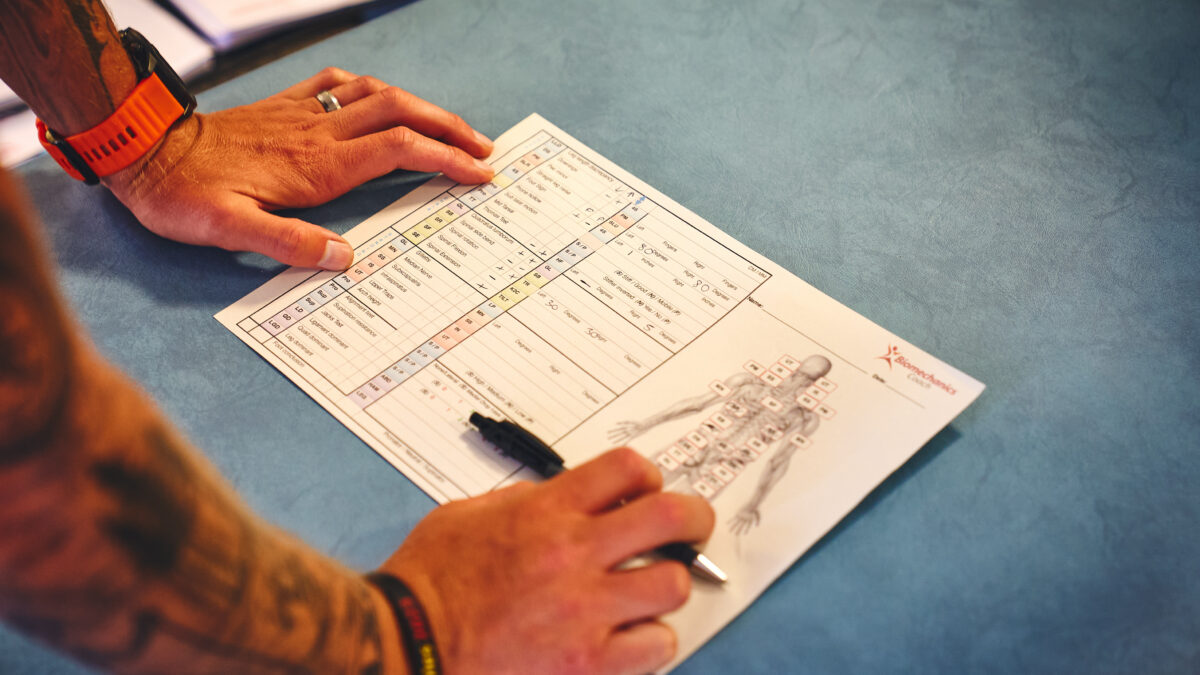
Would you like help finding a biomechanics course tailored to your career goals? Get in touch to explore your options and take the next step in your biomechanics journey.